Full coverage: Beyond 7 billion
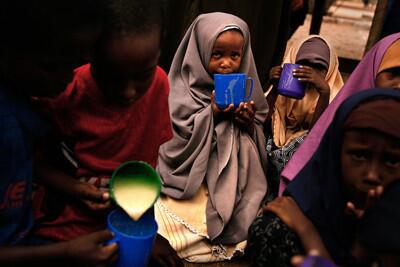
Children at Dadaab receive a supplemental meal in an effort to give them the caloric intake they need to grow and survive. (Rick Loomis / Los Angeles Times)
The coming population wave will reshape the planet, and the impact will be greatest in the poorest, most unstable countries.
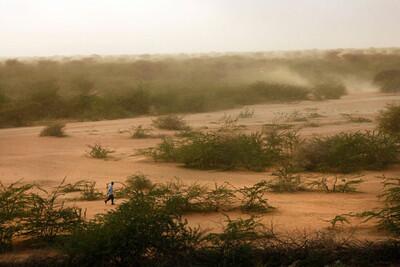
The landscape around the three refugee camps that make up the Dadaab complex in eastern Kenya is unforgiving. (Rick Loomis / Los Angeles Times)
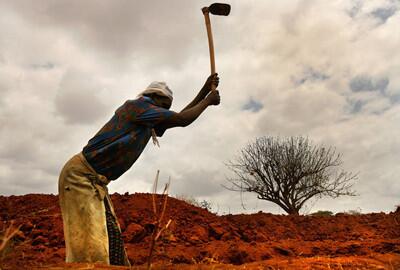
A farmer digs a trench in Kenya’s Mwingi district, hoping to capture any rainwater that might come. (Rick Loomis / Los Angeles Times)
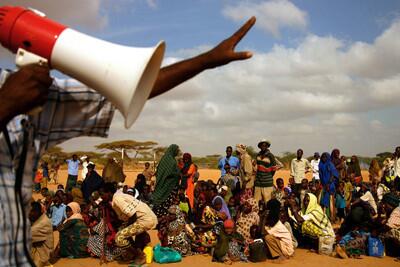
New arrivals wait to be admitted into Dadaab, the world’s largest complex of refugee camps. (Rick Loomis / Los Angeles Times)
Advertisement
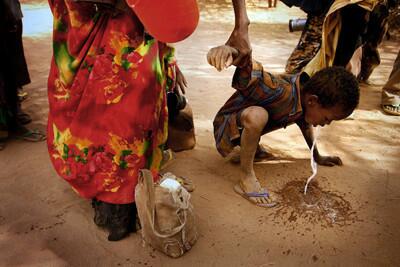
The refugees often arrive at Dadaab weak and sick, such as this child who threw up while waiting to be processed. (Rick Loomis / Los Angeles Times)
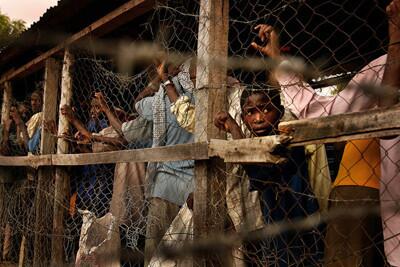
People lined up to receive food are funneled through tunnels similar to cattle chutes. (Rick Loomis / Los Angeles Times)
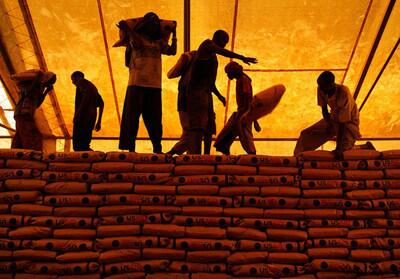
Workers in the Dadaab complex unload cornmeal provided by the U.S. Agency for International Development. (Rick Loomis / Los Angeles Times)
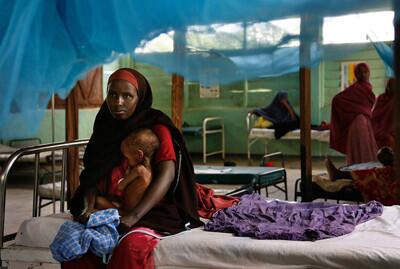
A woman holds a severely malnourished child at the Ifo camp in Dadaab. (Rick Loomis / Los Angeles Times)
Advertisement
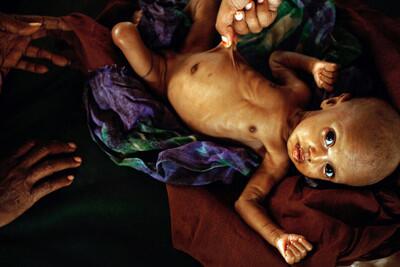
A hospital worker at Dadaab’s Ifo camp pinches the loose skin of a child. (Rick Loomis / Los Angeles Times)
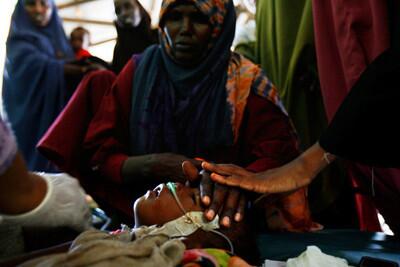
Two-year-old Saad Siyat gasps, near death. (Rick Loomis / Los Angeles Times)



